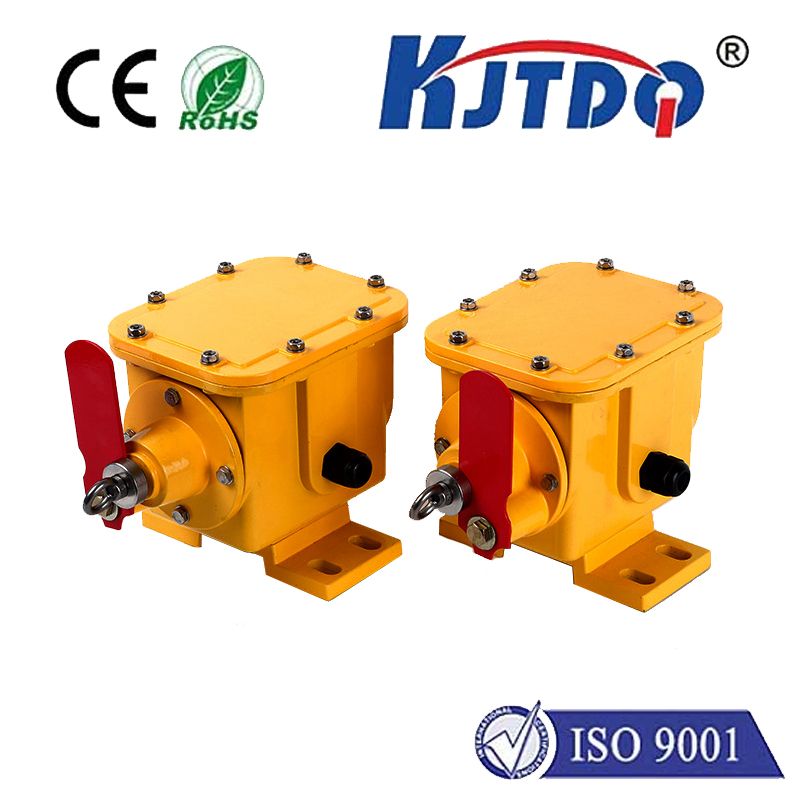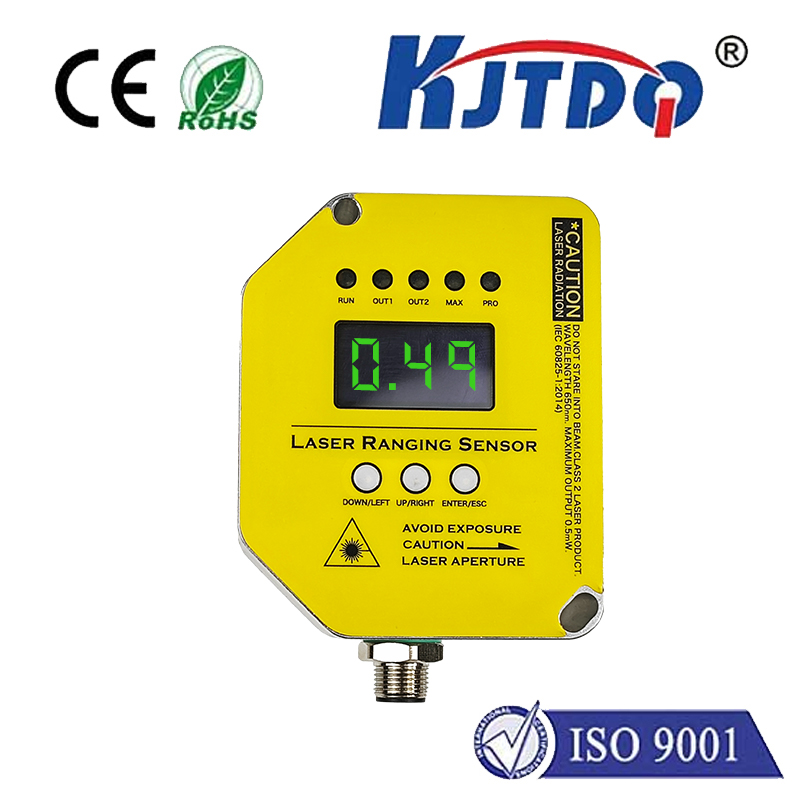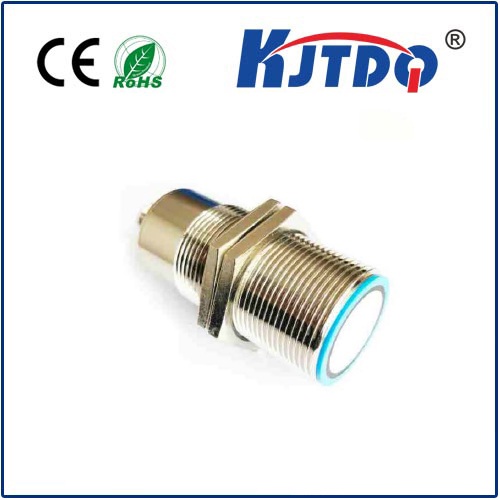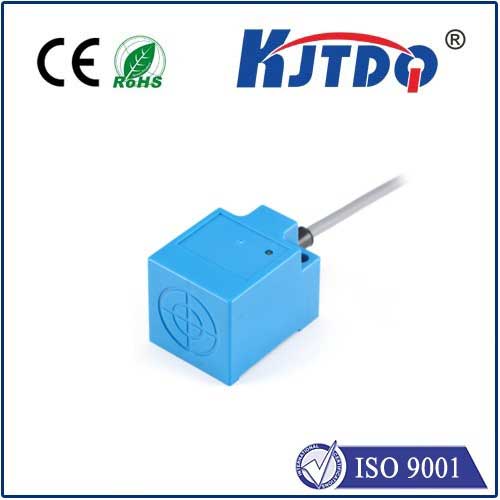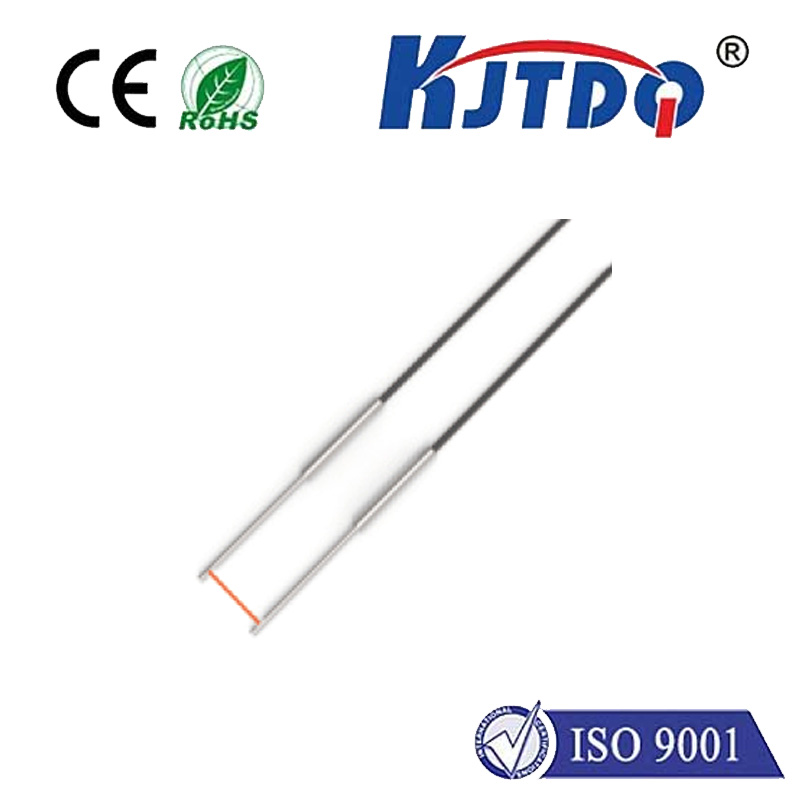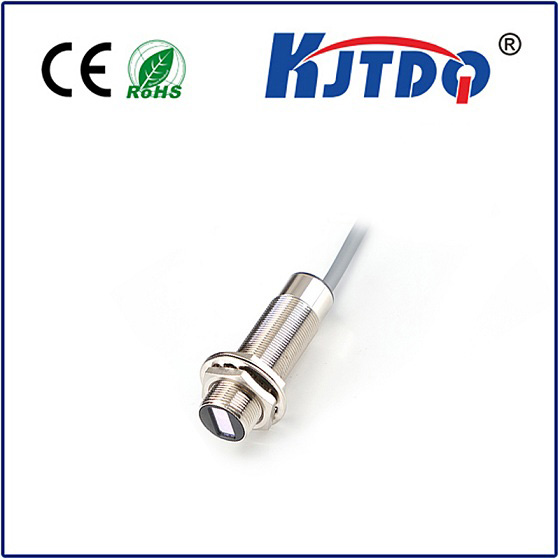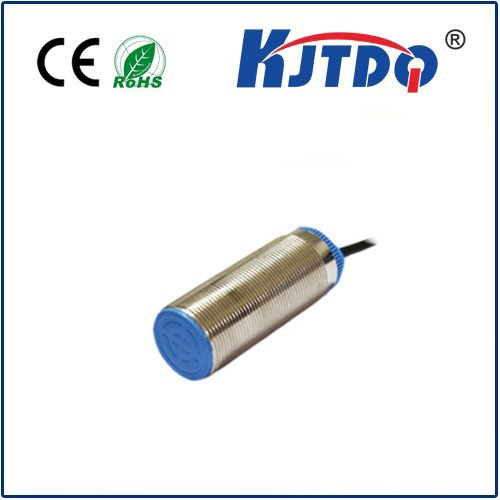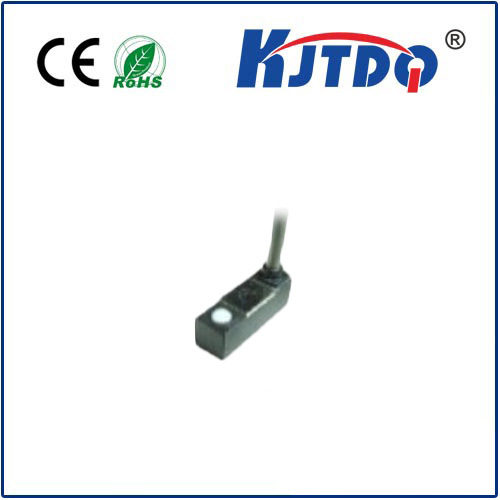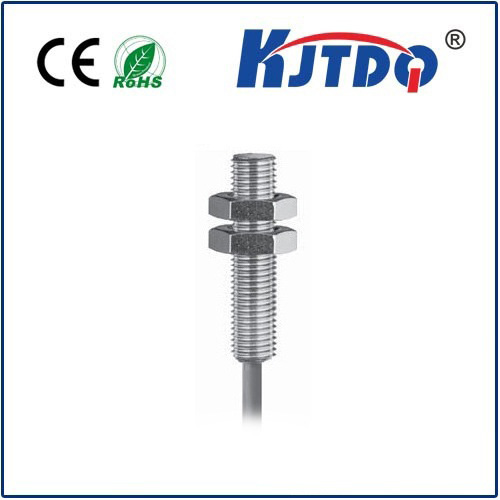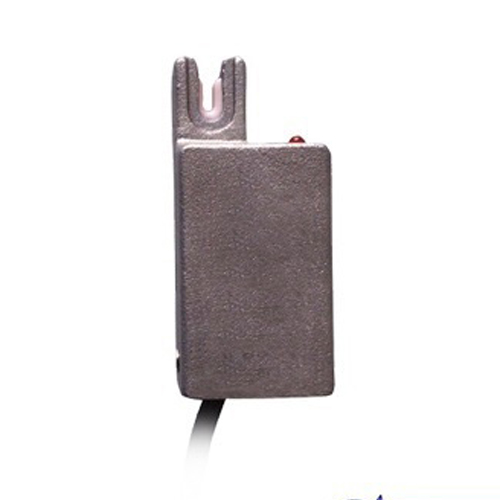

check

check

check

check
In today’s hyper-competitive industrial landscape, every fraction of a second counts. Imagine a factory floor humming with robotic arms, conveyor belts, and precision machinery—all operating flawlessly thanks to tiny, unassuming devices that detect nearby objects without a single touch. This is where the BES05MW proximity sensor steps in, transforming mundane processes into seamless, error-proof operations. As industries ramp up automation for smarter, faster production, this sensor stands as a cornerstone of innovation, offering unparalleled reliability in a compact form. Whether you’re an engineer, a plant manager, or someone keen on modern technology, understanding the BES05MW can unlock a world of efficiency. Let’s dive into what makes this sensor a game-changer.
What is the BES05MW Proximity Sensor? At its core, the BES05MW proximity sensor represents a pinnacle of non-contact detection technology. Designed for industrial use, it detects the presence or absence of objects within millimeters, eliminating the need for physical contact. This inductive-type sensor operates on electromagnetic principles—emitting a high-frequency field that reacts to metallic targets. For instance, in automated assembly lines, it ensures components are perfectly positioned before welding or painting steps occur. Unlike older sensors, the BES05MW boasts a rugged construction rated for harsh environments, with an IP67 rating that shields it from dust, moisture, and vibrations. This robustness makes it ideal for sectors like automotive manufacturing, where constant motion demands fail-safe performance. Key specifications include a detection range of up to 5mm, a compact M18 housing for easy integration, and a fast response time under 1 ms—crucial metrics that underscore its role in high-speed applications. By focusing on simplicity and durability, the BES05MW minimizes downtime, keeping costs low and output sky-high.

How Does it Work in Real-World Applications? The magic of the BES05MW lies in its versatility across diverse settings. In food and beverage processing, for example, it monitors conveyor systems to prevent jams or spills, detecting packaging materials without interference from liquids or steam. Its non-contact nature avoids contamination risks, making it indispensable for hygiene-critical environments. Similarly, in logistics warehouses, these sensors guide automated guided vehicles (AGVs) along paths, ensuring safe navigation around obstacles. One standout feature is the sensor’s ability to operate reliably with metallic objects—such as aluminum or steel components—reducing false triggers that plague cheaper alternatives. This precision extends to robotics, where it calibrates arm movements for tasks like picking and placing, resulting in smoother, error-free cycles. Beyond manufacturing, the BES05MW shines in renewable energy setups, like wind turbines, where it monitors blade positions under extreme weather. Such adaptability not only boosts productivity but also slashes maintenance needs by up to 30%, as per industry feedback. Ultimately, this sensor empowers businesses to scale operations confidently, turning potential bottlenecks into opportunities.
Key Benefits that Set the BES05MW Apart When compared to generic sensors, the BES05MW offers exceptional advantages that justify its growing adoption. Its long operational lifespan—often exceeding 10 years—translates to significant cost savings over replacements. Energy efficiency is another highlight; consuming minimal power, it supports green initiatives in factories aiming to reduce carbon footprints. Importantly, the sensor’s high immunity to electromagnetic interference (EMI) ensures accurate readings even near motors or high-voltage equipment. This reliability is backed by certifications like CE and UL, guaranteeing compliance with global safety standards. For operators, setup is a breeze thanks to simple LED indicators for diagnostics—no need for complex tools or calibrations. In terms of innovation, the BES05MW incorporates smart features such as short-circuit protection, which prevents system-wide failures during faults. These benefits collectively enhance ROI, making it a staple in lean manufacturing strategies where every dollar saved on inefficiency fuels growth.
Integrating and Maximizing the BES05MW in Your Setup To harness its full potential, proper integration is key. Start by positioning the sensor within its specified range from targets—typically 0-5mm—to avoid signal loss. Use flexible mounting options, like brackets or screws, to secure it in dynamic environments. For optimal performance, pair it with programmable logic controllers (PLCs) using standard interfaces like PNP or NPN outputs, ensuring seamless data flow into automation systems. Regular maintenance involves simple checks: clean lenses periodically to prevent dust buildup, and verify connections during routine audits. Addressing potential challenges, such as interference from nearby machinery, can be mitigated by shielding cables or selecting appropriate installation sites. Embrace resources like manufacturer tutorials or online forums for troubleshooting tips, which help prolong the sensor’s life without costly consultancy. By prioritizing these steps, users can achieve uninterrupted operation, elevating their workflows to peak efficiency.
The journey toward smarter automation continues to accelerate, with sensors like the BES05MW leading the charge. As industries evolve, embracing such technologies isn’t just an upgrade—it’s a strategic move to outpace competition and drive sustainable progress.
